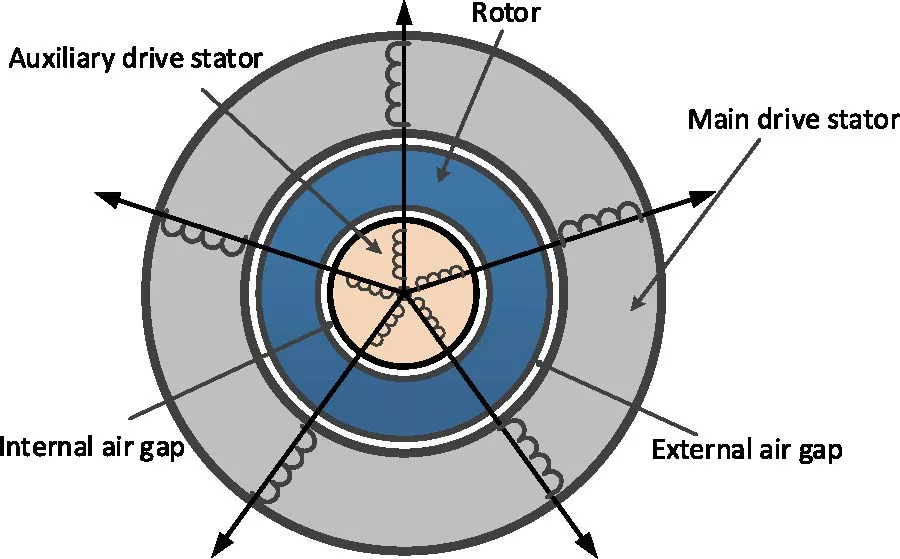2025-12-11 Latest Published
By Shital B. Gundre
Varsha R. Ratnaparkhe
Progress In Electromagnetics Research C, Vol. 163, 11-19, 2025
Abstract
This paper introduces a novel compact, flexible hexagonal loop shaped patch antenna embedded with a novel electromagnetic bandgap (EBG) structure designed for ISM band operation, targeting 2.45 GHz wearable applications in close proximity to the human body. The EBG unit cell is formed using a rectangular patch which has nested U shaped slots with a stretched strip of inverted U shaped slot at bottom. Both hexagonal loop antenna and the 2 × 2 EBG array are simulated using Ansys HFSS (High Frequency Structure Simulator). A key aim of this research is to achieve the specific absorption rate (SAR) reduction. The effectiveness of the EBG array structure in reducing surface waves and dropping down the SAR is demonstrated using a multilayer human tissue equivalent phantom comprising skin, fat, muscle, bone layers, confirming obtained SAR values are within the safety limits set by regulatory authorities. The simulation results are verified and validated by the fabricated antenna experimental measurements. Furthermore, the antenna was experimentally assessed in terms of its performance under bending and in practical on-body conditions.
